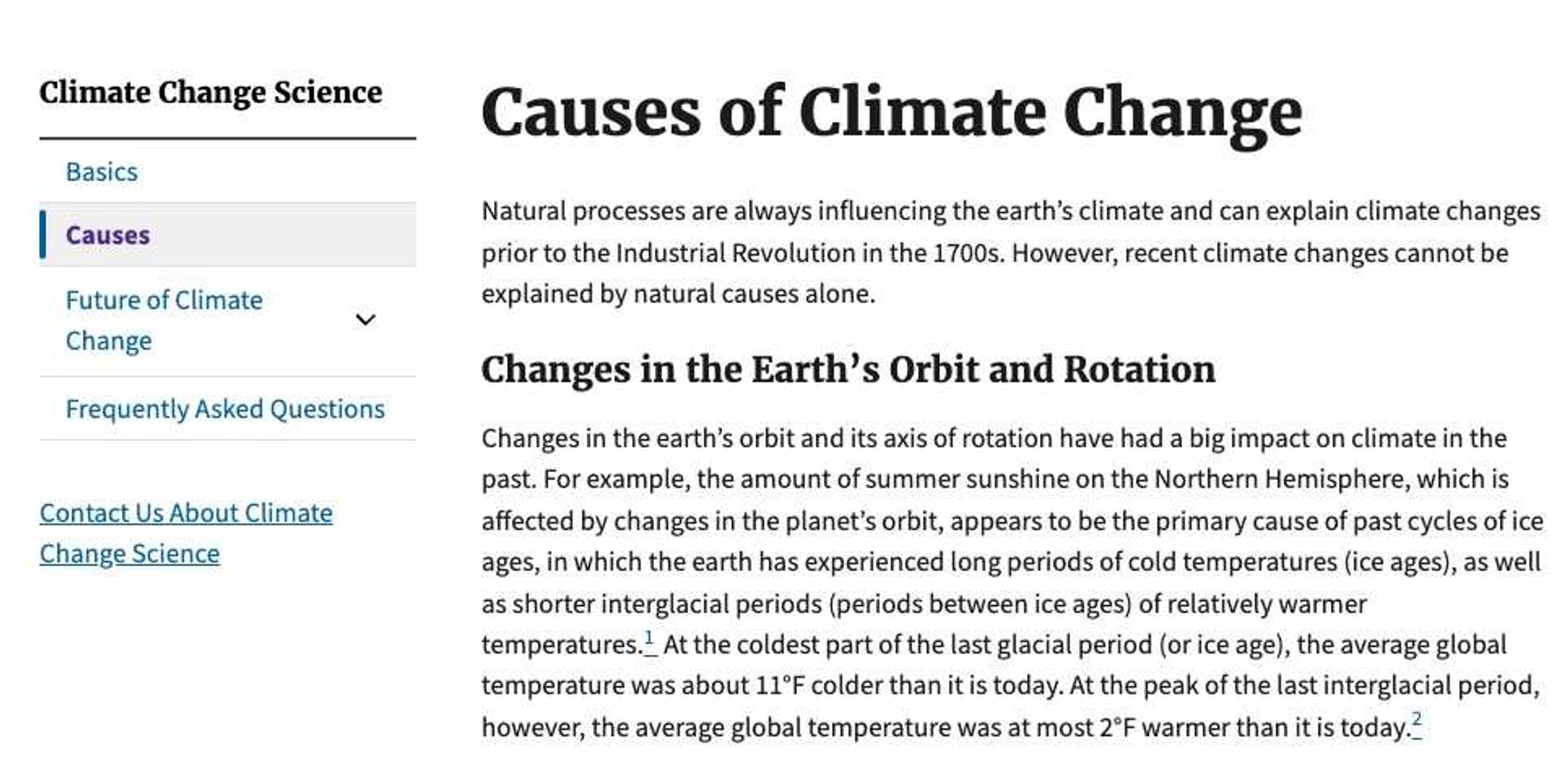The world may miss the 1.5-degree climate target. How can we prevent catastrophic impacts?
The United Nations warns that global plans to reduce greenhouse gas emissions fall far short, putting the planet on track for a 3-degree Celsius rise, well above the Paris Agreement’s 1.5-degree target.
Jenni Doering reports for Living on Earth.
In short:
- UN projections show current policies would lead to 3 degrees Celsius of warming, intensifying climate threats such as storms, heatwaves and sea level rise.
- To meet the Paris target, annual emissions cuts of 7.5% are required, yet current global commitments average only a 2.6% reduction.
- Some countries, particularly in Europe, are closer to their goals, while others lag, with little consensus on how to close the gap.
Key quote:
"The annual reductions needed now are about 7.5% a year, and we're very far away from that. And each year that it doesn't drop, that percentage cut gets bigger and bigger, so we're sort of slipping away."
— Bob Berwyn, Inside Climate News
Why this matters:
Without urgent action, the global temperature could increase to dangerous levels, amplifying extreme weather, biodiversity loss and public health risks. Achieving the 1.5-degree target requires sustained, large-scale emissions reductions, yet many governments struggle to make the necessary changes.
Read more: Earth stays above 1.5°C warming for a year













